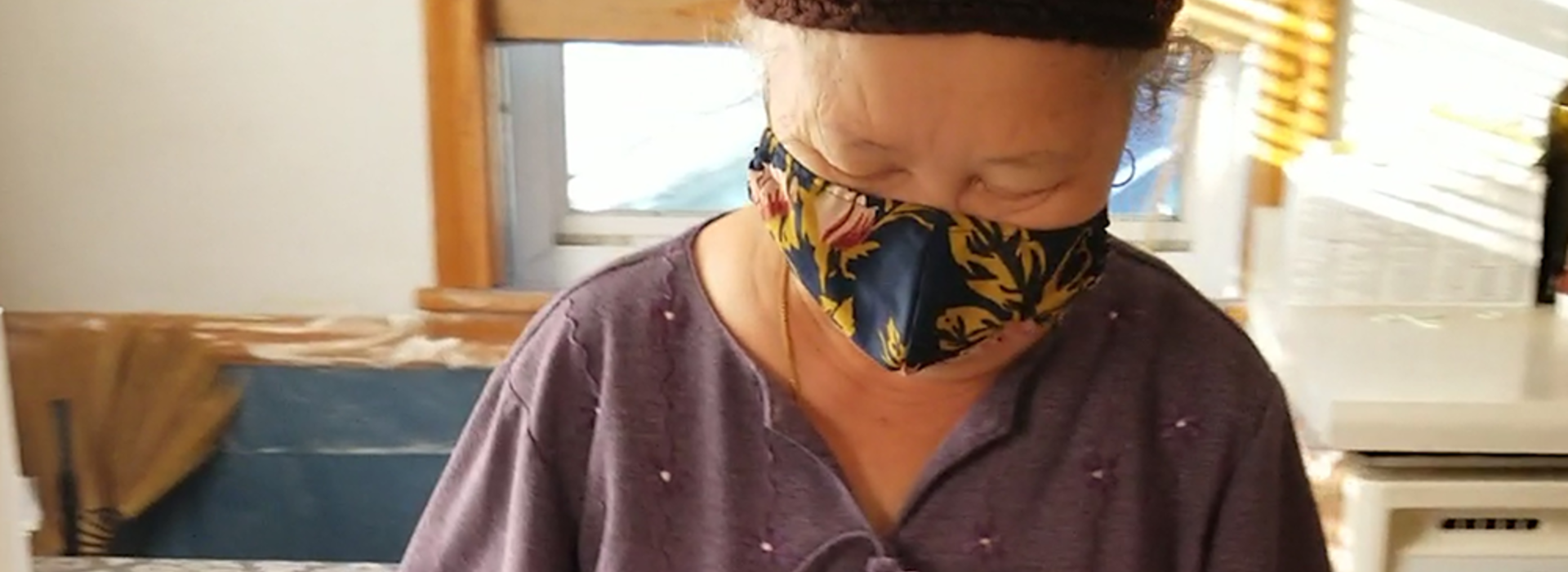
Communicating with At-risk Somali, Latino and Hmong Elders, U of M Study
As misinformation amidst the COVID-19 pandemic continues to spread, U of M researchers look for ways to reach the Twin Cities’ most vulnerable populations who may not know or have access to trusted providers. In an attempt to combat current miscommunications, University of Minnesota Medical School faculty, Michele Allen, MD, MS, director of the Medical School's Program in Health Disparities Research (PHDR), and Maiyia Kasouaher, PhD, community engagement lead in PHDR, are collaborating with four organizations—Community University Health Care Center (CUHCC), SoLaHmo Partnership for Health and Wellness, WellShare International and Islamic Civic Society of America—to test different kinds of communication methods, in different languages, that will optimize public health messaging for at-risk Somali, Latino and Hmong elders and community members in the Twin Cities area.
“In my previous work in mental health, not knowing English was a huge stressor for many Hmong and Karen elders. We need to acknowledge and understand how different lived experiences and larger systemic problems contribute to health disparities,” Dr. Kasouaher said, who’s background as a refugee child piqued her interest in health disparities research, especially as it pertains to mental health. “With the communities we are working with, what they're going through is completely different with different factors contributing to their health and wellbeing. The help people do—or don't—get can be based on their understanding of the problem.”
While there are many challenges that make understanding public health messages difficult—it’s dense and constantly changing, says Dr. Kasouaher—the community, academic and clinic partners involved with this study are concerned about the availability of multilingual public health information. She says language barriers are considered common obstacles to current public health communications going out to high-risk communities. Yet, current research shows that most available public health information is recorded in English.
Dr. Kasouaher said, “When all this new information about COVID-19 first came out, it was all in English, and then, the Department of Health started to translate a lot of these messages into other languages to make them more accessible to different communities. However, we’re still seeing that there is a need for this information to be delivered to patients in languages and ways that may be more effective. It needs to come from the clinic providing care to the patients because that’s who they trust. So, there are multiple reasons why we needed to do this.”
With the support of a CO:VID (Collaborative Outcomes: Visionary Innovation & Discovery) grant, the study has recruited multilingual community volunteers to help record brief video and audio messages in the community’s native tongue. The multicenter partnership will allow for these messages to then be dispersed—four audio messages by phone and two video messages through text—to patients at CUHCC who identify as Somali, Latino or Hmong. Feedback about the messages will be gathered among participants aged 18 and over (20 from each community, with 60 total) to determine the preferred format of these messages for future communication.
“Our goal is to communicate these messages directly to the elders in our communities. At the same time, our hope is that by sharing information with the younger adults, they will be able to relay what they have learned to those most at risk—their elders, grandparents and parents,” Dr. Kasouaher said.
Recordings will carry public health messages about hand-washing, masking and social distancing. “These are things that we know are working, and our hope is that these messages will not only serve to educate but also remind those who are suffering from burnout that it’s only by working together, as a community, that we can overcome,” Dr. Kasouaher said.
The community engagement piece makes this study truly unique, as multilingual community researchers volunteer their time to help translate and record messages. “We really do appreciate the community collaborations because we know how challenging and difficult it is right now,” Dr Kasouaher said. “And, we know that not all communities have access to technology for something like this. We really appreciate all the people who are finding ways to engage with their communities in new and creative ways.”